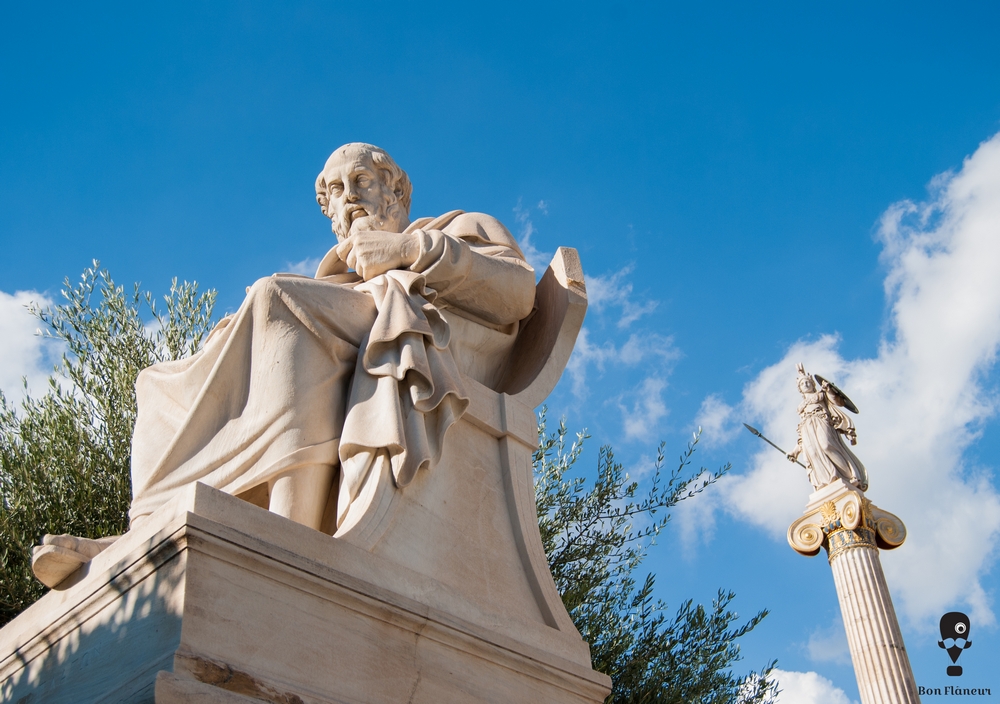Academy of Athens Sculptures
The pediments, Apollo, Athena, Socrates, Plato and the lampposts are a set of unique sculptures.
Location
Timeline
Modern and Contemporary era (1821 - )
1875 The Central pediment was placed.
1877 Models of Athena and Apollo were placed experimentally.
1880 The models of Socrates and Plato were constructed.
1882 Models of Athena and Apollo were depicted in marble. The central pediment won first prize in the Vienna exhibition.
1983 The most important conservation that lasted three years.










Share